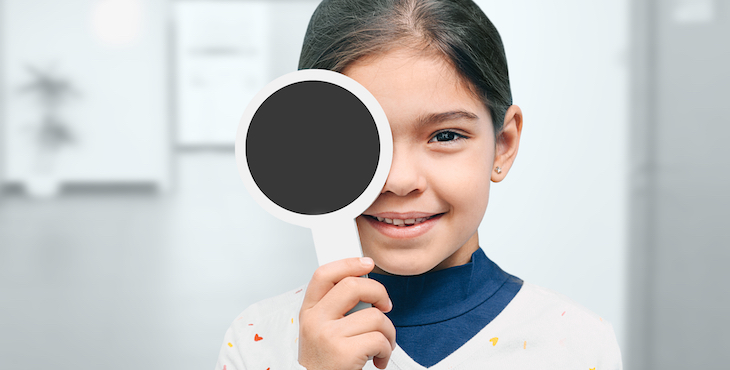Vision problems can affect schoolwork. Marcela Maria Estrada, an assistant professor of pediatric ophthalmology, offers seven tips to help parents identify whether their child might have a problem with their eyesight and offers suggestions for maintaining healthy vision in young eyes.
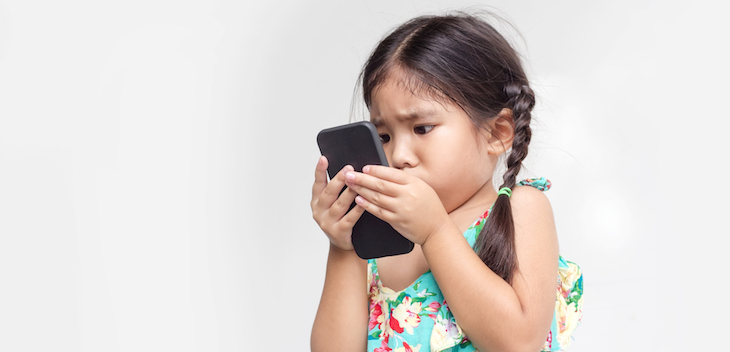
1. Kids don't know they need glasses.
"Kids generally don't know they have bad vision. They adapt to whatever eyesight they have," Estrada said. But there are some clues for parents. "If you notice your child is squinting or standing really close to the television — or if they hold books, phones or tablets really close to their face — they may need glasses."

2. Poor eyesight can impact kids' success at school.
If you have a child who does well with homework and reading materials but is inattentive in class and has behavioral issues, it may be a problem with the child's vision. "Kids, particularly young kids, don't know they should be able to see everything that's written on the board," Estrada said. Vision problems are common. According to the Centers for Disease Control, approximately 6.8% of children younger than 18 in the U.S. have a diagnosed eye and vision condition.
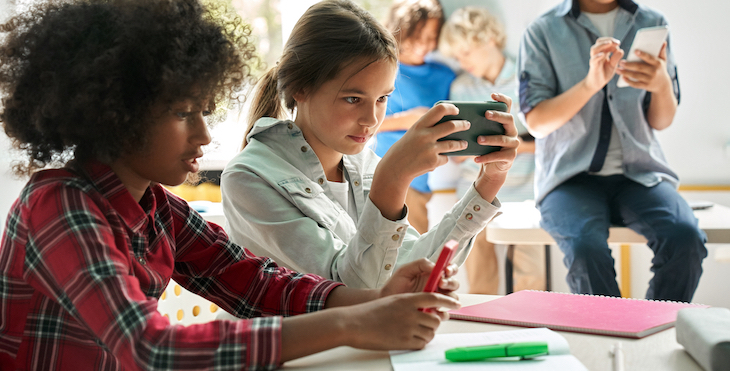
3. Too much screen time can permanently change your child's vision.
Most kids have tablets or cellphones packed with videos, games and social media. Spending hours looking at these screens increases eye strain for kids. But Estrada has another concern. "Spending too much time doing close work, like looking at a screen, can permanently change the development of their eyes. It can lead to more nearsightedness, or myopia, leading to a lifetime of glasses," Estrada said. The American Academy of Pediatrics offers several resources for parents on managing screen time for kids.

4. Farther is better when it comes to screens and eye health.
"A television across the room is better for a child's vision than a tablet close to the face," Estrada said. "Instead of letting your child stare at a phone or tablet, try streaming the content so your child can watch it on a television or large monitor. Farther is better." The same is true for working at a computer. "Having a separate monitor at arm's length is better than working up close. You can always increase the font size to read what's on the screen."
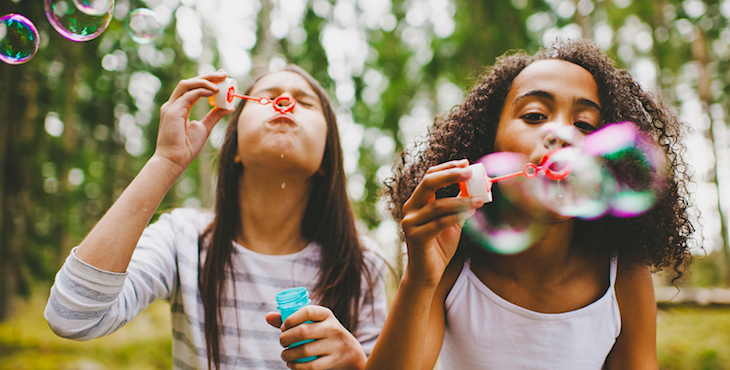
5. Playing outdoors can help your kid's vision.
Estrada recommends that kids get at least one hour of outdoor time. "We don't spend as much time outside as previous generations. But sunlight can help prevent nearsightedness. Sunlight and vitamin D can also slow the progression for kids who are nearsighted," Estrada said. When kids play outdoors, it also means they focus on things in the distance, relaxing the eye. But remember the sunglasses. "Kids need sun protection for their eyes as much as adults," Estrada said.
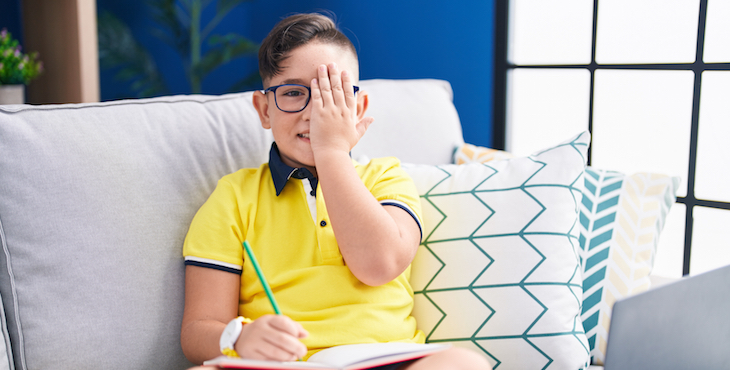
6. Vision changes can happen quickly.
"Even if your child's vision has been normal, that can change. We see vision changes and progression in the strength of glasses sometimes in just six months," Estrada said. Any misalignment of the eyes, even if intermittent, should be evaluated. She also suggests parents ask their child to cover each eye and then ask if they see better in one than the other. The child may not know one eye is less strong because the stronger one compensates. "If you think your child might have vision problems, make an appointment to have their vision screened," Estrada said.
